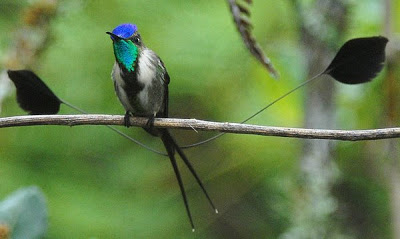Birds of Peru Amazon – Overview
The Birds of Peru Amazon refers to the fascinating biodiversity found in the Manu National Park region, located in the Upper Amazon basin of Peru.
The park encompasses a wide range of ecosystems, from high-altitude farming valleys to tropical lowland rainforests.
It is home to countless bird species, including the majestic macaws, which are central to the area’s bird-watching experience.
The journey through this region offers travelers a chance to witness extraordinary wildlife in environments that range from cloud forests and grasslands to pristine tropical rainforests. The trip typically includes:
Highland Puna and Cloud Forests: A trek through the high-altitude regions with unique flora and fauna.
Lowland Valleys and Tropical Rainforests: A descent into areas where indigenous farming and unique ecosystems thrive, including the famous macaw clay licks and oxbow lakes filled with wildlife.
Manu Wildlife Center and Manu Park: This center, located in the heart of Manu, is a prime spot for wildlife watching, with opportunities to see giant otters, monkeys, and an array of bird species.
Macaws and Clay Licks
One of the standout experiences in this region is the observation of macaws at the Blanquillo Macaw Clay Lick, an
area where macaws, parrots, and other birds congregate to consume mineral-rich clay.
This behavior, known as geophagy, helps the birds neutralize toxins in their diet and provides necessary nutrients.
Key Bird Species at the Clay Lick:
Scarlet Macaws (Ara macao): Known for their bright colors and loud calls, these macaws are a highlight for bird watchers.
Red-and-Green Macaws (Ara chloroptera): These birds are often seen in large, dramatic groups at the clay lick.
Yellow-Crowned Parrots (Amazona ochrocephala) and Dusky-Headed Parakeets (Aratinga weddellii): These species
are usually among the first to arrive in the morning.
The birds display a variety of social and aggressive behaviors, with interactions between species sometimes leading
to competition for the best spots at the lick. The large macaws tend to dominate the area, while smaller birds, like parakeets, may be chased off.
Behavior and Social Patterns at the Clay Lick
Research on the behavior of birds at the Machiguenga Ccolpa (another well-known clay lick) shows several interesting patterns:
Temporal Feeding Patterns: Different bird species feed at different times of the day. In the early morning,
smaller parrots and macaws arrive, followed by larger macaws later in the morning and parakeets in the afternoon.
Aggression and Social Interactions: Larger macaws tend to be more aggressive toward smaller birds. This
aggression can sometimes lead to exclusion of smaller species from the clay lick.
Responses to Threats: The birds exhibit varying responses to intruders. Some birds might fly away temporarily,
while others may abandon the area entirely. However, the large macaws show the least reaction to disturbances.














